Workbench
Moving a large heavy fabrication bence.
| Nicholas Farr | 01/05/2019 10:44:41 |
3988 forum posts 1799 photos | Hi, "Don't try this at home" as they say on TV, unless you have good experience of moving heavy metal where using conventional lifting equipment is prohibitive. I needed to move this bench that has been sitting among the trees behind my garage. I put it there about 15 or so years ago with a teleporter that I had use of when working for them at that time, but now don't have such. Short of hiring a crane, at this point in time there is no way of using lifting gear. I had removed the top from its support frame yonks ago with the intent of modifying the frame, but there it sat forevermore since then. First of all I had to level it up a bit as the legs had sunk into the ground. My plan then was to use lengths of heavy angle iron and builders work trestles to move the top first, as this weighs in the region of 400Kgs as it is 1065 x 1230 x 25mm thick. The top had to be lifted about 300mm higher to get the angle iron in. I raised it up by jacking and packing each side a little at a time to get the required height.
Once the top was high enough, the angle irons and the trestles were set up and the top was pulled along with a chain Pull-Lift. The set up is shown below, ready for the pull. This is an operation where you keep yourself out of the danger zone should it all go pear-shaped. Pulling as you may observe its only done on the angle irons that the plate is sliding on and not on the trestles. This setup is very stable even though it may not seem so. So I was now confident to commence with the pull after checking everything was OK. The top was successfully slide along the angle irons with no hint of been unstable or danger of collapse. I reconfigured the slings to get the last 150mm or so gap that can be seen between the top and the Pull-Lift. Today I have to move the support frame, transfer the weight of the top back onto it and then move the setup forward to get the next move. Regards Nick. Edited By Nicholas Farr on 01/05/2019 10:47:56 |
| not done it yet | 01/05/2019 11:22:59 |
| 7517 forum posts 20 photos | What was the bench top made from? Should only be about a quarter of a tonne, if steel. Pieces of pipe under heavy objects can make the job easier as long as the surface is relatively smooth (and level). |
| Ian S C | 01/05/2019 12:20:30 |
7468 forum posts 230 photos | My calculator says .1 eliphant = 400 Kg Ian S C |
| Nicholas Farr | 01/05/2019 22:39:25 |
3988 forum posts 1799 photos | Hi NDIY, bit of a typo there, I'd estimated around 300Kgs erring on the heavy side. According to my old ASD buyers guide, it is 258Kgs give or take a couple of Kgs. so yes close to quarter of a tonne. I am well aware about the use of tubes as rollers and have done that many times in my day jobs that I've had, but I'm sure you realise that the terrain that I'm moving it over is not suitable for that idea, nor can I get it down or lift it up again in a safe manner to use such an option. However, the second move today went equally as well as the one yesterday, it also had to veer to the left a little, to miss the old van that can just be seen on the right. Regards Nick. |
| not done it yet | 02/05/2019 08:18:20 |
| 7517 forum posts 20 photos | Nick, you are clearly moving it on the level. My point was that pipe rollers would do away with any heaving on a chain block. I wasn’t suggesting the pipes were laid on the ground! |
| Chris Evans 6 | 02/05/2019 09:04:19 |
2156 forum posts | I concur re the 258kg. I always multiply to get cubic inches then multiply by 0.28 then divide answer by 2.2 Whichever way you do it that is a heavy old lump. |
| Nicholas Farr | 02/05/2019 09:31:19 |
3988 forum posts 1799 photos | Hi NDIY, with all due respects I disagree with you. To start with it is only reasonably level and end for end there is a slight twist, but within a safe tolerance, it is also coming slightly uphill, furthermore I would have to lift the plate around 200mm or so higher depending on the size of rollers, this would in my view bring the height to base ratio close to an unstable state. You then have the problem of controlling skewing of the rollers and once gravity takes over, it will run away with acceleration. It is a lever operated Pull-Lift not a conventional chain block and is virtually effortless although slow to use, but the control of movement is total and can be operated from a point where if it where to collapse, it would fall away from me. The fact that I have the chain pulling underneath the plate and from the back end and the anchorage point slightly above the plate, lifts a small amount of weight off the front end, which stops it digging in and there is no twisting of the plate during the pull. The most important thing about moving heavy metal is; don't put yourself in a danger zone. Regards Nick. |
| vintage engineer | 02/05/2019 09:35:46 |
293 forum posts 1 photos | I have a 8 x 4 x 1" of road plate steel on my fabrication bench and that weighs 800kg
|
| Bazyle | 02/05/2019 18:29:02 |
6956 forum posts 229 photos | I'm a bit confused, the angle iron seemed to start off underneath then appeared on top. Clever trick. where exactly are you moving it? into the workshop? |
| Nicholas Farr | 02/05/2019 19:26:34 |
3988 forum posts 1799 photos | Hi Bazyle, no trick, there are two lengths of angle iron on each side, one above and one below. They have two 16mm holes in each end where they were bolted to a structure some 15 or so metres above ground for 40 odd years. At the moment they are bolted the same way up with a short piece of SHS between them with one bolt passing though it, each at end and just nip the top rail of the trestles, the other holes have a bolt through them without SHS and are just for good measure. I'm only moving it closer to my garage, to a space where it can be used and where my stick welder can reach. It would take up too much room in the garage for the amount of times it is likely to get used. In the longer term, I plan to put up an open front shelter for it. Regards Nick. Edited By Nicholas Farr on 02/05/2019 19:31:51 |
| not done it yet | 02/05/2019 22:29:45 |
| 7517 forum posts 20 photos | Posted by vintage engineer on 02/05/2019 09:35:46:
I have a 8 x 4 x 1" of road plate steel on my fabrication bench and that weighs 800kg
Is that the weight of the bench? ‘Cos a 8 x 4 x 1” sheet of steel would weigh only 600kg. (244cm*122cm*2.54cm*7.85g/cm^3)/ 1000g/kg works out to only about 600kg?
Nick, I’ve seen a lot worse terrain, but if you only levelled it ‘a bit’, I can understand your caution. |
| Nicholas Farr | 03/05/2019 19:23:04 |
3988 forum posts 1799 photos | Hi, this evening I completed my task successfully with out a hitch. Yesterday I reset my pulling frame and this morning did the final pull to the intended location. After doing a bit of groundwork, the frame was set level on a couple of timbers and then the plate was lowered back onto the packing to allow the pulling frame to be dismantled and cleared away. The plate was then lowered a little at a time each side and is now sitting on a couple of timbers on top of the frame, this gives it a comfortable working height until I build a new frame. All ready to start fabricating on. Regards Nick. Edited By Nicholas Farr on 03/05/2019 19:24:28 |
Please login to post a reply.
Want the latest issue of Model Engineer or Model Engineers' Workshop? Use our magazine locator links to find your nearest stockist!
Sign up to our newsletter and get a free digital issue.
You can unsubscribe at anytime. View our privacy policy at www.mortons.co.uk/privacy
- *Oct 2023: FORUM MIGRATION TIMELINE*
05/10/2023 07:57:11 - Making ER11 collet chuck
05/10/2023 07:56:24 - What did you do today? 2023
05/10/2023 07:25:01 - Orrery
05/10/2023 06:00:41 - Wera hand-tools
05/10/2023 05:47:07 - New member
05/10/2023 04:40:11 - Problems with external pot on at1 vfd
05/10/2023 00:06:32 - Drain plug
04/10/2023 23:36:17 - digi phase converter for 10 machines.....
04/10/2023 23:13:48 - Winter Storage Of Locomotives
04/10/2023 21:02:11 - More Latest Posts...
- View All Topics
- Reeves** - Rebuilt Royal Scot by Martin Evans
by John Broughton
£300.00 - BRITANNIA 5" GAUGE James Perrier
by Jon Seabright 1
£2,500.00 - Drill Grinder - for restoration
by Nigel Graham 2
£0.00 - WARCO WM18 MILLING MACHINE
by Alex Chudley
£1,200.00 - MYFORD SUPER 7 LATHE
by Alex Chudley
£2,000.00 - More "For Sale" Ads...
- D1-3 backplate
by Michael Horley
Price Not Specified - fixed steady for a Colchester bantam mark1 800
by George Jervis
Price Not Specified - lbsc pansy
by JACK SIDEBOTHAM
Price Not Specified - Pratt Burnerd multifit chuck key.
by Tim Riome
Price Not Specified - BANDSAW BLADE WELDER
by HUGH
Price Not Specified - More "Wanted" Ads...
Do you want to contact the Model Engineer and Model Engineers' Workshop team?
You can contact us by phone, mail or email about the magazines including becoming a contributor, submitting reader's letters or making queries about articles. You can also get in touch about this website, advertising or other general issues.
Click THIS LINK for full contact details.
For subscription issues please see THIS LINK.
Model Engineer Magazine
- Percival Marshall
- M.E. History
- LittleLEC
- M.E. Clock
ME Workshop
- An Adcock
- & Shipley
- Horizontal
- Mill
Subscribe Now
- Great savings
- Delivered to your door
Pre-order your copy!
- Delivered to your doorstep!
- Free UK delivery!

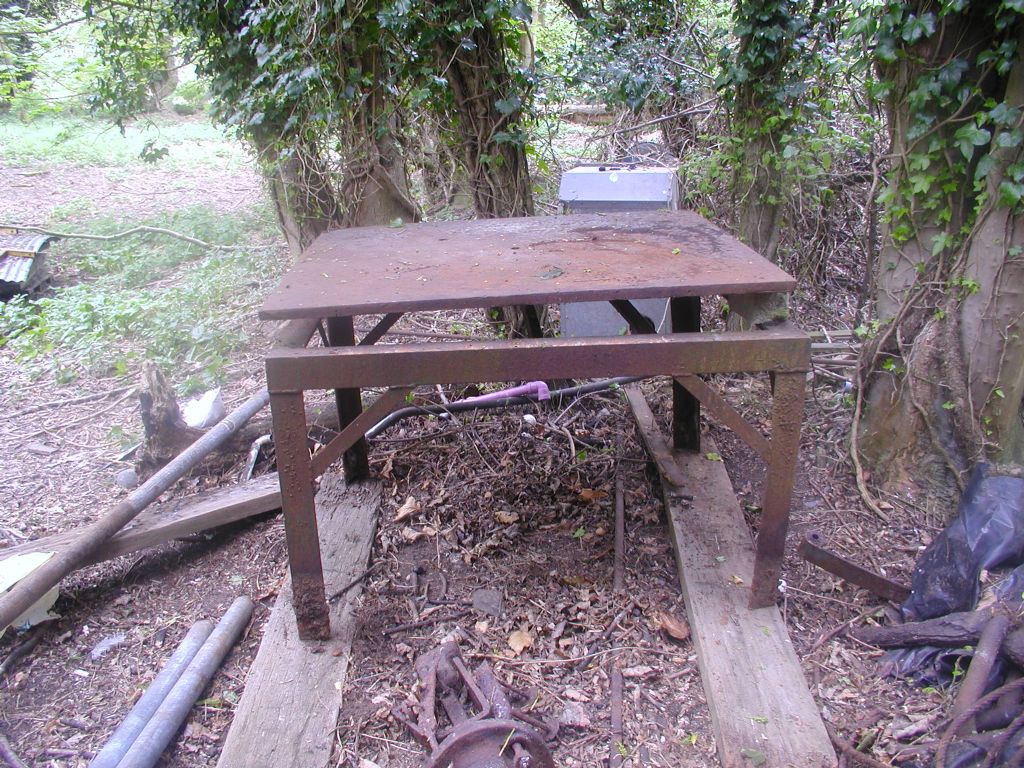
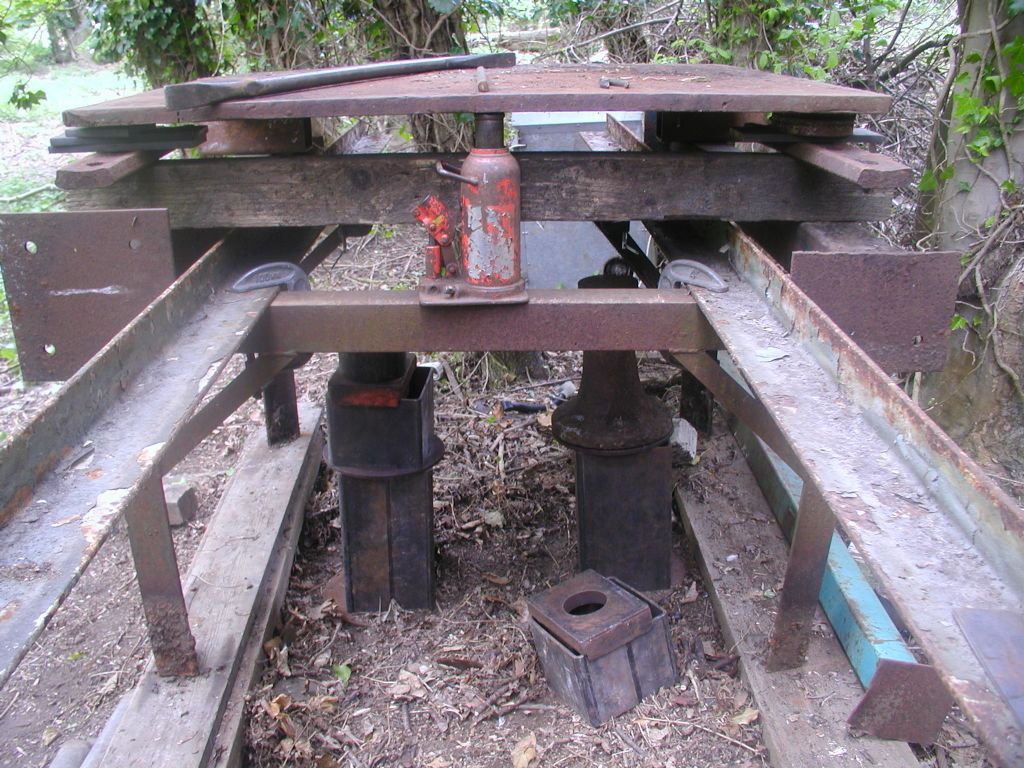
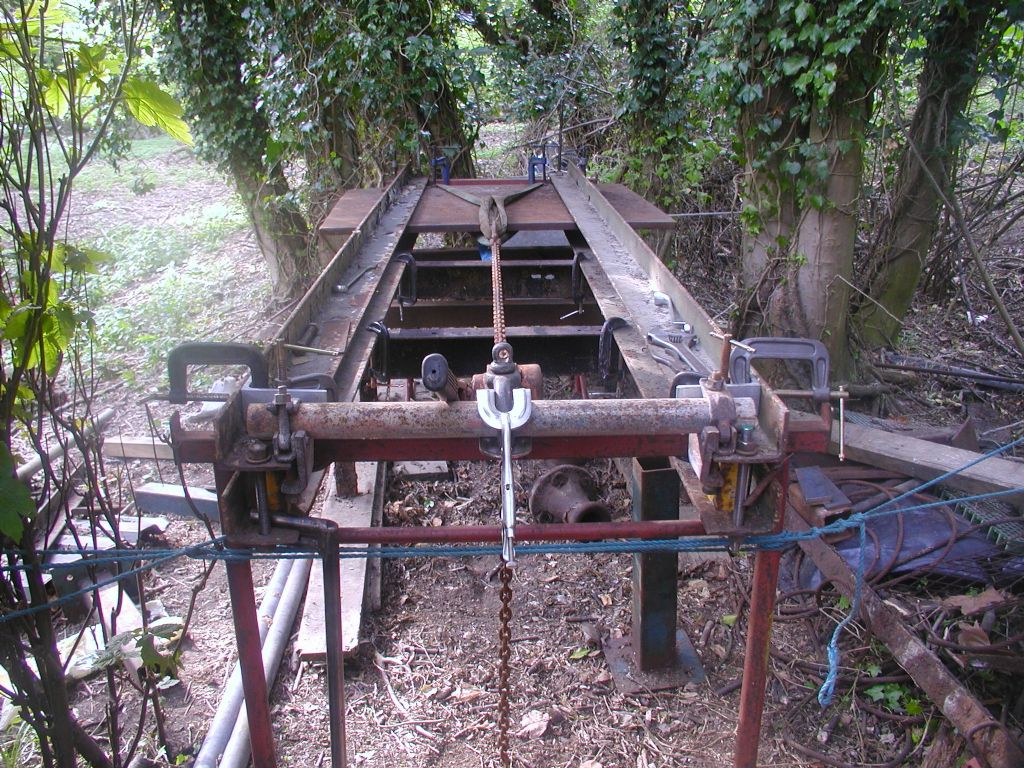
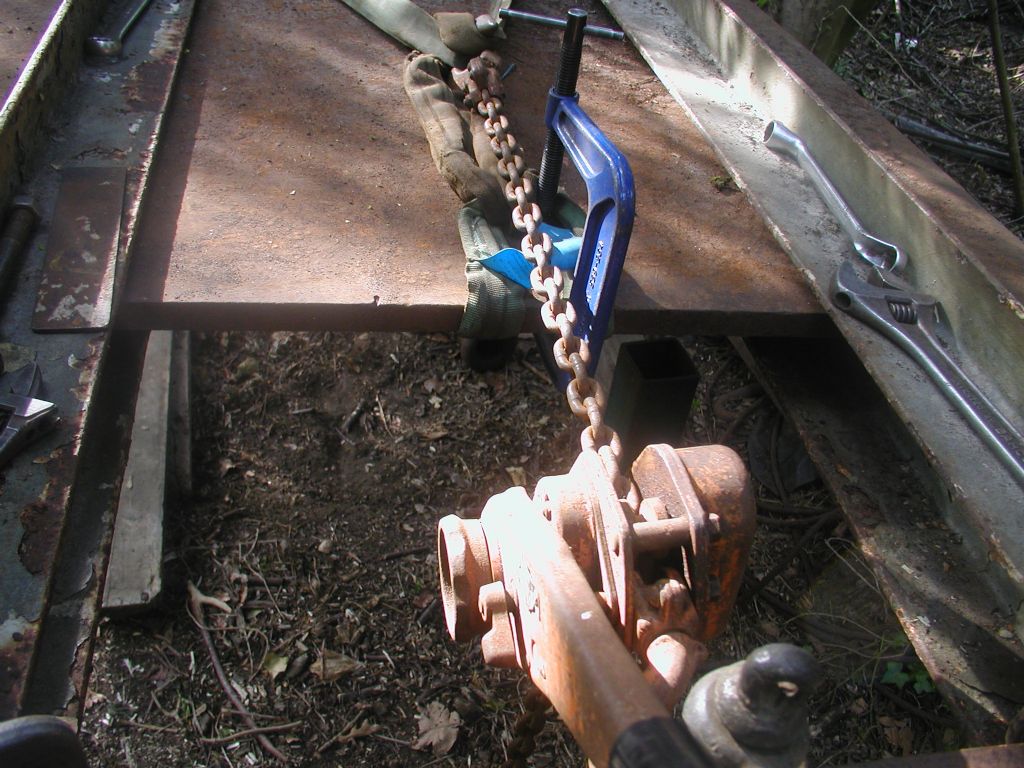
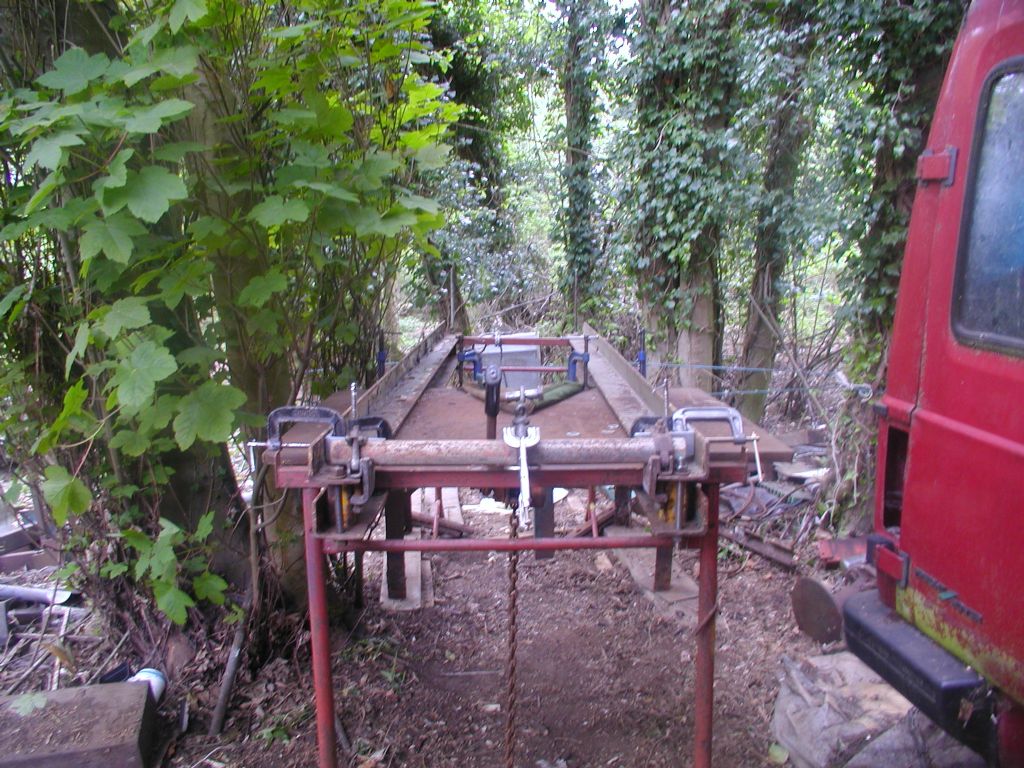

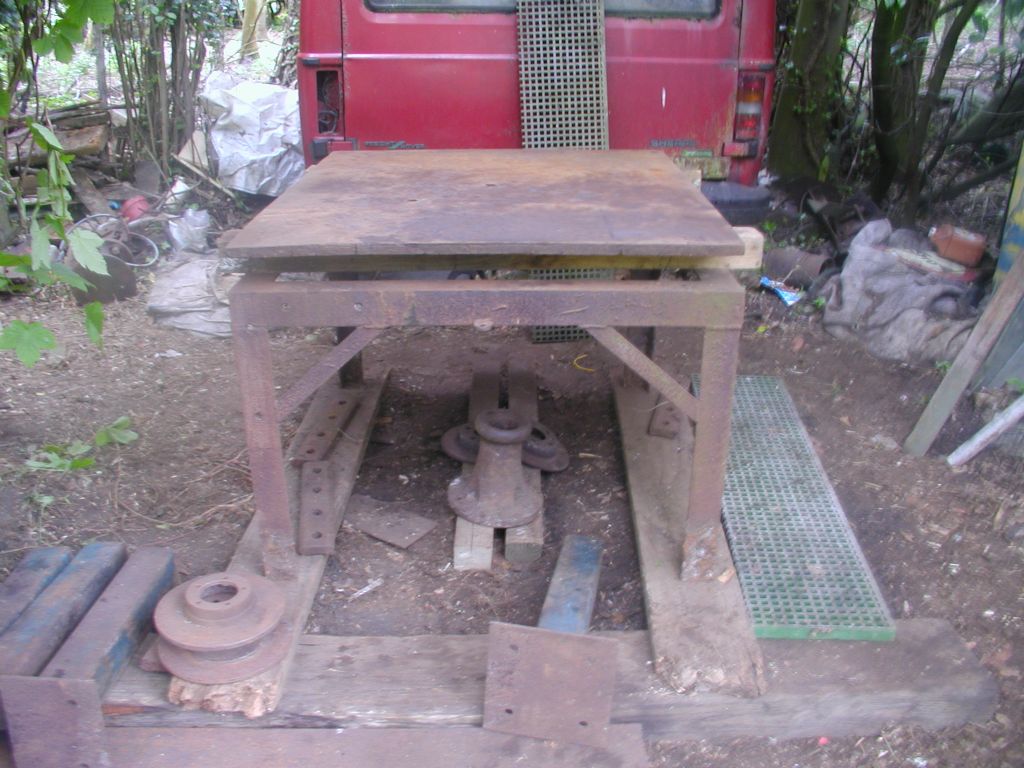









 Register
Register Log-in
Log-in


